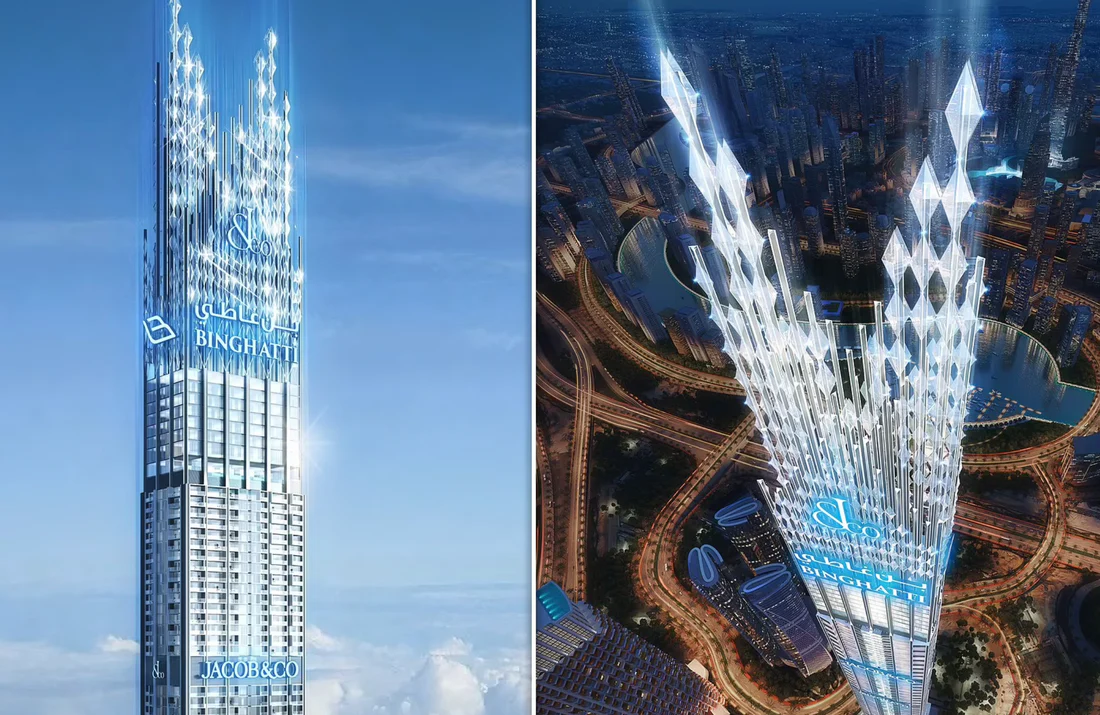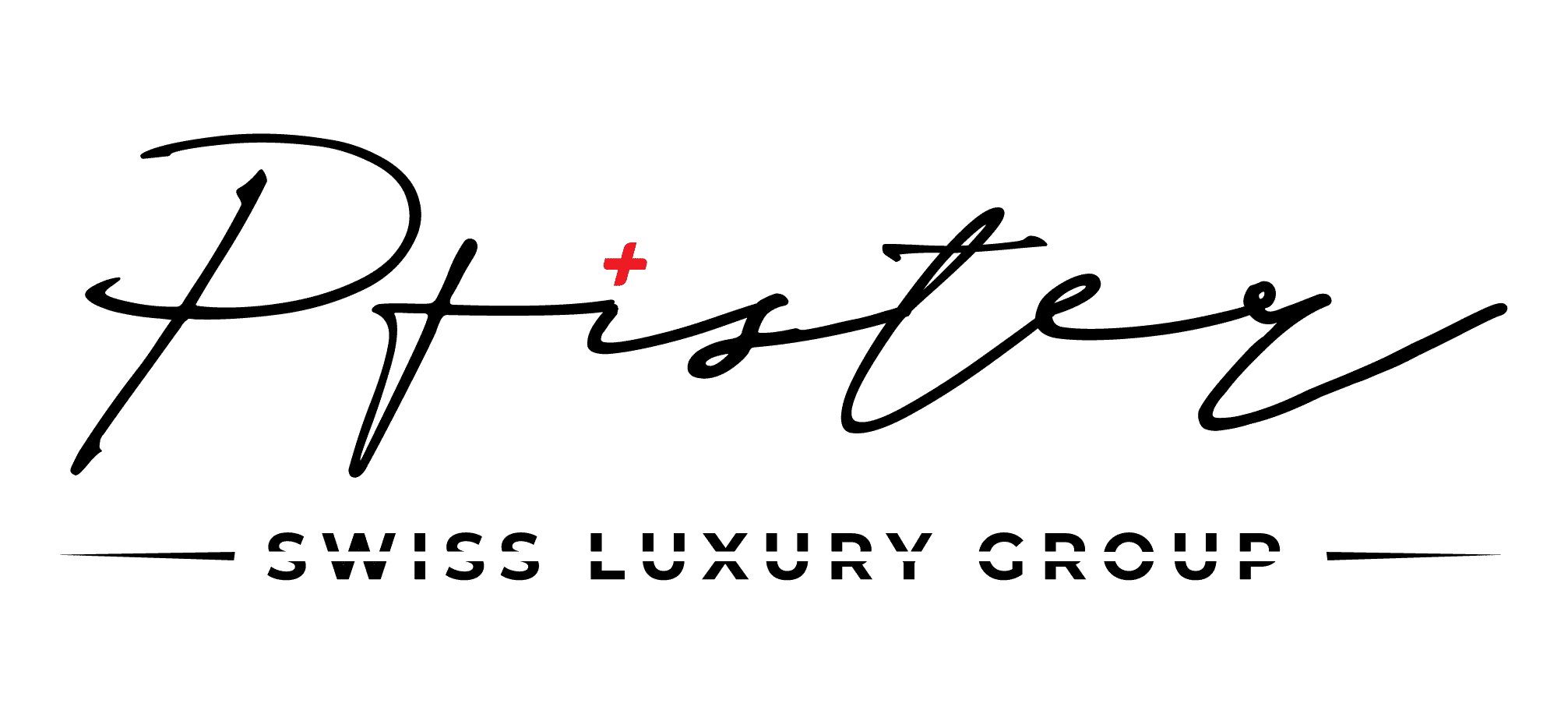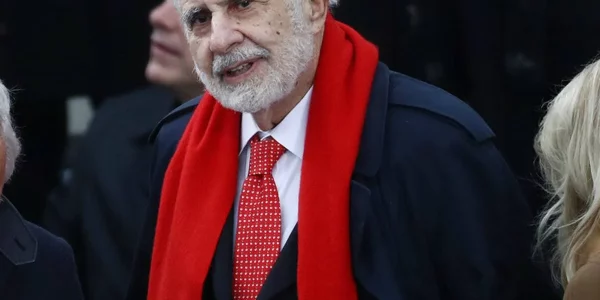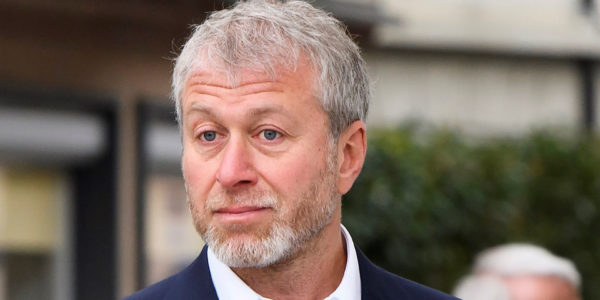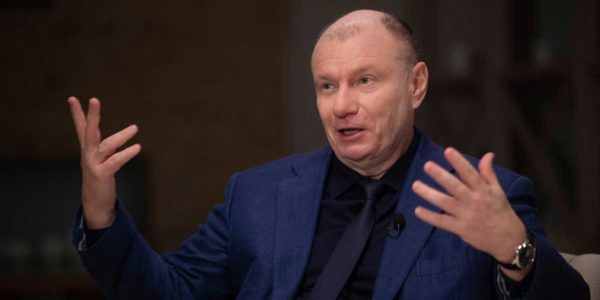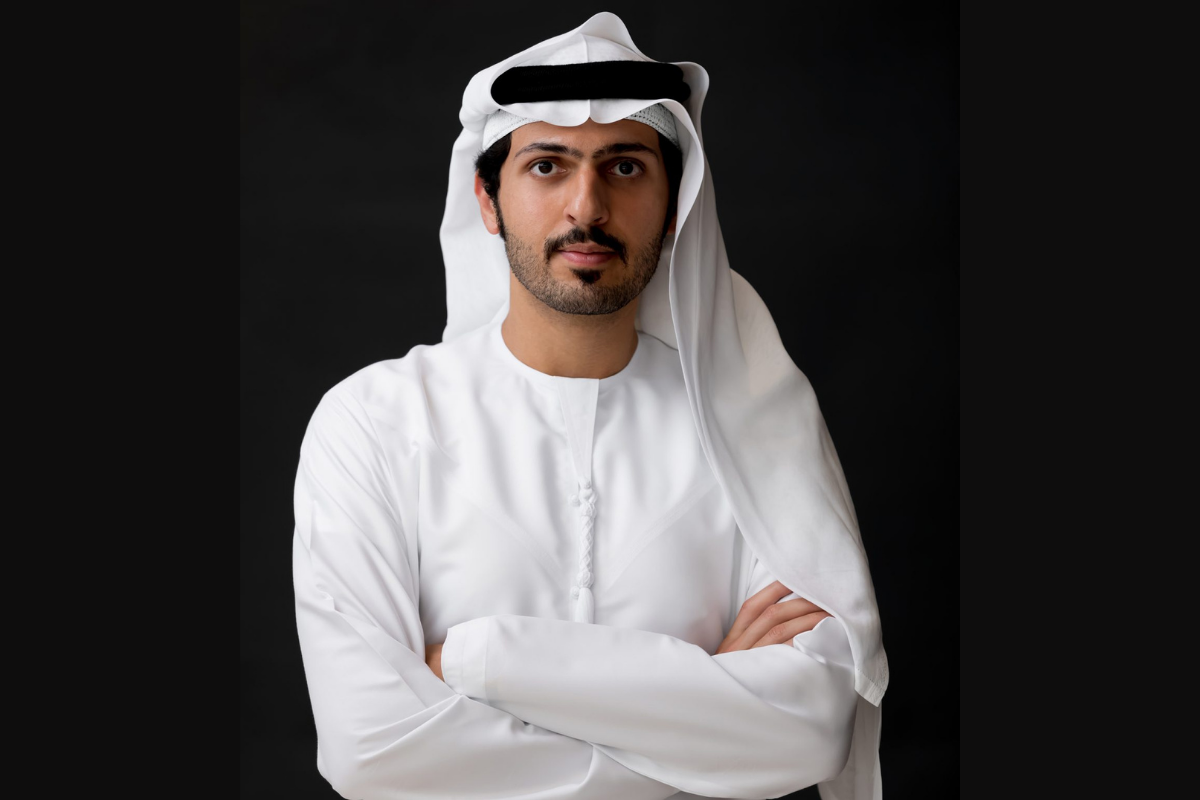
The Binghatti Dynasty From Personal Sacrifice to $2.5 Billion Empire How Hussain and Muhammad Transformed Crisis into Architectural Dominance
- The Transformation Matrix of the Emirati Visionaries: From Personal Asset Liquidation to Dubai Skyline Dominance
- Introduction: The $2.5 Billion Crisis-to-Dominance Architects
- From Survival Decision to Dynasty Foundation: The Hussain Binghatti Origin Story
- The Architectural Empire Expansion: Muhammad Binghatti’s Transformation Strategy
- The Architectural Branding Masterpiece: Recognition Through Design Excellence
- The Crisis Navigation Excellence: Transforming Market Distress into Competitive Advantage
- The Team Loyalty Architectural Advantage: The Human Foundation of Empire
- The Current Empire: From Personal Sacrifice to Urban Transformation
- Conclusion: The Vehicle Sale That Built a $2.5 Billion Empire
The Transformation Matrix of the Emirati Visionaries: From Personal Asset Liquidation to Dubai Skyline Dominance
The Binghatti Dynasty From Personal Sacrifice to $2.5 Billion Empire How Hussain and Muhammad Transformed Crisis into Architectural Dominance “Im Gegensatz zur konventionellen Immobilienentwicklung hat die Binghatti-Dynastie ein System entwickelt, in dem unternehmerisches Opfer in architektonische Souveränität transformiert wird – eine Metamorphose, die persönliche Liquiditätskrisen in stadtbildprägende Vermögensgebäude verwandelt.” (Unlike conventional real estate development, the Binghatti dynasty has developed a system in which entrepreneurial sacrifice is transformed into architectural sovereignty – a metamorphosis that converts personal liquidity crises into wealth-buildings that define the cityscape.)
Introduction: The $2.5 Billion Crisis-to-Dominance Architects
The Binghatti family dynasty – established by Hussain Binghatti Aljobri and exponentially expanded by his son Muhammad – represents the embodiment of what strategic wealth theorists term “Krisenmotivierte Vermögensakzeleration” (crisis-motivated wealth acceleration). From the pivotal moment when Hussain sold his personal vehicle to meet payroll during an existential liquidity crisis, the Binghattis have systematically transformed entrepreneurial adversity into architectural dominance across the Dubai skyline, building a $2.5 billion empire that now comprises over 60 signature buildings and multiple business verticals.
While conventional Dubai developers operated through leverage-heavy models dependent on external capital, the Binghattis architected a fundamentally different approach based on what real estate economists identify as “Eigentümerorientierte Vertikalisierung” (owner-oriented verticalization) – the complete integration of design, construction, and project management within a singularly controlled entity. This methodology, combined with Muhammad Binghatti’s architectural vision and distinctive aesthetic signature, has resulted in perhaps the most recognizable building portfolio in Dubai – instantly identifiable structures that function simultaneously as wealth generation vehicles and branding statements.
The most revealing element of the Binghatti wealth creation – systematically underanalyzed by conventional business media – lies not in their project scale or luxury positioning but rather in their implementation of “Loyalitätsbasierte Krisenresilienz” (loyalty-based crisis resilience). The foundational decision to prioritize employee commitments over personal financial stability during multiple market downturns created an organizational cohesion that enabled execution capabilities exceeding those of competitors multiple times their initial size.
From Survival Decision to Dynasty Foundation: The Hussain Binghatti Origin Story
Phase I – The Foundational Crisis and Defining Decision (1980s-1990s): The Vehicle Sale That Built an Empire
The Binghatti empire traces its philosophical origin to a single defining moment that demonstrated what management theorists identify as “Existenzielle Führungspriorisierung” (existential leadership prioritization):
- The Liquidity Crisis Catalyst
During the early business operations of Hussain Binghatti Aljobri:
- Business context: Early entrepreneurial ventures in UAE
- Economic environment: Volatile market conditions in developing economy
- Operational challenge: Critical cash flow shortage threatening business viability
- Personnel implications: Inability to meet employee payroll obligations
- Strategic options: Business closure versus extreme personal sacrifice
- Psychological pressure: Responsibility for employee livelihoods
- The Defining Leadership Decision
Faced with this existential choice, Hussain implemented what would become the philosophical cornerstone of the Binghatti approach:
- Personal asset liquidation: Sale of his personal vehicle (reportedly his primary transportation)
- Financial prioritization: Employee salaries over personal comfort
- Statement of values: Human capital preservation over material assets
- Leadership demonstration: Visible sacrifice establishing moral authority
- Cultural foundation: Establishment of reciprocal loyalty expectation
- Legacy creation: Decision that would define multi-generational business philosophy
This pivotal moment – choosing to sell personal transportation to maintain employee compensation – established what organizational psychologists term “Opferbasierte Führungslegitimität” (sacrifice-based leadership legitimacy). This demonstration of prioritizing organizational commitments over personal convenience created the moral foundation upon which the subsequent business empire would be built.
- The Psychological Contract Establishment
Beyond immediate financial implications, this decision established a distinctive organizational architecture:
- Reciprocal loyalty expectation: Visible sacrifice creating reciprocal commitment
- Cultural differentiation: Departure from regional norms of hierarchical distance
- Crisis response template: Establishment of values-based decision framework
- Employee relationship template: Foundational example of mutual commitment
- Leadership narrative: Creation of origin story reinforcing organizational values
- Familial business model: Extension of family loyalty principles to business context
This early leadership decision created the psychological infrastructure that would enable subsequent crisis navigation and growth acceleration beyond what conventional financial resources would suggest possible.
Phase II – The Diversified Business Foundation (1990s-2000s)
Hussain Binghatti established diversified business interests that created the financial platform for subsequent real estate expansion:
- The Multi-Sector Business Portfolio
Prior to the property development focus, Hussain built a diversified business foundation:
- Food & beverage operations: Multiple hospitality-related businesses
- Trading activities: Import/export operations across various categories
- Service businesses: Operational entities in multiple sectors
- Geographic scope: Primarily UAE-focused with some regional activity
- Operational model: Family-controlled with centralized decision-making
- Financial approach: Emphasis on operational cashflow over leverage
- The Family Business Leadership Model
Hussain implemented a distinctive leadership approach:
- Strategic oversight: Maintaining principal decision authority
- Succession planning: Early integration of Muhammad into business operations
- Knowledge transfer: Deliberate mentoring in entrepreneurial methodologies
- Cultural transmission: Emphasis on value system over technical details
- Relationship cultivation: Introduction to key business and governmental networks
- Risk management philosophy: Conservative financial approach with calculated expansion
This business diversification and leadership development created the foundation for what would eventually become the signature Binghatti real estate empire under Muhammad’s architectural vision.
The Architectural Empire Expansion: Muhammad Binghatti’s Transformation Strategy

The Educational and Philosophical Foundation (Early 2000s): Preparing for Market Disruption
Muhammad Binghatti’s preparation for leadership represents what development strategists term “Strategische Nachfolgepositionierung” (strategic succession positioning):
- The Educational Architecture
Unlike many family business heirs focused purely on business administration, Muhammad pursued distinctive preparation:
- Architectural education: Formal training in architectural design
- American University in Dubai: Regional education with Western influences
- Business administration: Complementary business management education
- Global exposure: International perspective development
- Design philosophy: Development of distinctive architectural vision
- Technical capability: Understanding both creative and practical aspects of construction
This dual architectural-business education created the unique perspective that would eventually define the Binghatti brand identity through distinctive building designs recognizable throughout Dubai.
- The Strategic Market Gap Identification
Muhammad’s analysis revealed a critical market opportunity:
- Existing market polarization: Extreme luxury versus basic housing
- Missing segment: Design-focused mid-luxury residential properties
- Architectural opportunity: Distinctive design at accessible price points
- Branding potential: Recognizable architectural language across projects
- Developer landscape: Few firms with consistent design philosophy
- Consumer evolution: Growing design appreciation in target demographic
This strategic gap identification became the foundation for what real estate strategists identify as “Markenarchitektonische Marktpositionierung” (brand-architectural market positioning) – using distinctive architectural identity as both product differentiator and marketing mechanism.
The Binghatti Developers Creation (2008): Transformative Timing in Market Distress
The formal establishment of Binghatti Developers demonstrated extraordinary market entry timing:
- The Global Financial Crisis Context
The 2008 launch timing coincided with the global financial crisis, creating both extreme challenges and opportunities:
- Market conditions: Dubai property crash following 2008 global financial crisis
- Competitor distress: Established developers facing existential challenges
- Project freezes: Numerous developments halted mid-construction
- Investor confidence: Severely damaged across the sector
- Financing environment: Credit markets effectively frozen
- Opportunity landscape: Distressed assets and reduced competition
- The Counter-Cyclical Courage
Rather than retreating, the Binghattis demonstrated what economic strategists term “Antizyklischer Markteintrittsoptimismus” (counter-cyclical market entry optimism):
- Formal establishment: Binghatti Developers founded amid market collapse
- Strategic rationale: Distressed market entry during competitor weakness
- Resource advantage: Family business diversification providing stability
- Operational approach: Controlled scale with absolute execution reliability
- Financial strategy: Conservative leverage with operational cash flow focus
- Timing perspective: Crisis as opportunity rather than threat
This counter-cyclical launch – establishing a development company precisely when the sector faced its greatest modern challenge – demonstrated the implementation of “Krisenfokussierte Marktchancennutzung” (crisis-focused market opportunity utilization).
- The Vertical Integration Architecture
Most distinctively, Binghatti Developers implemented comprehensive vertical integration:
- In-house design: Architectural vision under Muhammad’s direct guidance
- Construction capabilities: Owned execution resources rather than contractor dependency
- Project management: Internal teams controlling entire development process
- Sales operations: Direct-to-consumer marketing without intermediaries
- Maintenance services: Post-completion property management
- Financial control: Comprehensive oversight across entire value chain
This vertical integration created what construction economists identify as “Vollständige Wertschöpfungskettenkontrolle” (complete value chain control) – enabling quality consistency, timeline reliability, and cost efficiency unattainable through conventional developer models.
The Architectural Branding Masterpiece: Recognition Through Design Excellence
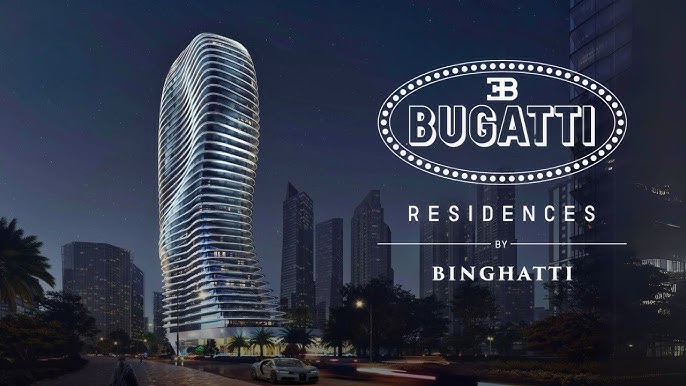
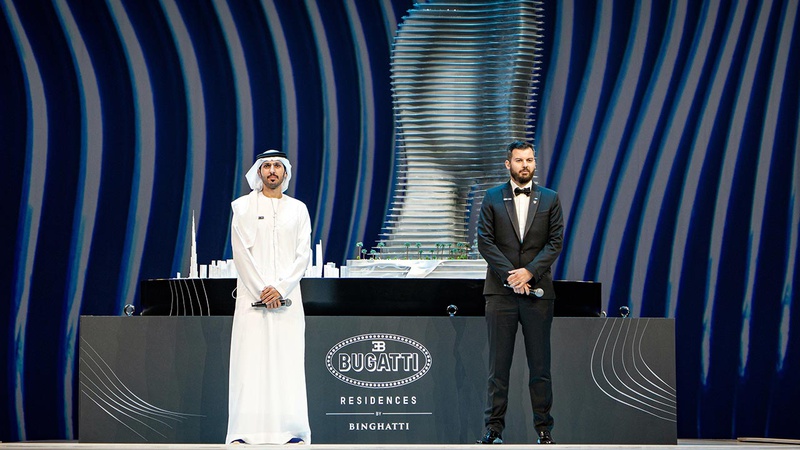
The Binghatti Design Language: Architecture as Wealth Creation Mechanism
Muhammad Binghatti’s most distinctive contribution involves what design economists term “Architektonische Markenwertsteigerung” (architectural brand value enhancement):
- The Distinctive Visual Identity Development
Unlike conventional developers using interchangeable designs, Binghatti created architectural consistency:
- Design philosophy: Contemporary modernism with distinctive elements
- Color strategy: Bold use of colors uncommon in regional architecture
- Geometric precision: Angular elements and distinctive silhouettes
- Facade treatment: Recognizable patterns and textures
- Balcony integration: Distinctive treatment of outdoor spaces
- Form consistency: Family resemblance across diverse projects
This visual consistency transformed individual buildings into a cohesive urban portfolio – each structure simultaneously functioning as both real estate asset and brand advertisement.
- The Signature Project Implementation
The portfolio expanded through methodical implementation:
- Initial projects: Smaller developments establishing design language
- Strategic locations: Carefully selected positions across Dubai
- Scaling strategy: Progressive increase in project scope and ambition
- Current portfolio: Over 60 buildings across Dubai
- Recent landmarks: Binghatti Heights, Binghatti Stars, Binghatti Diamonds
- Ultra-luxury evolution: Burj Binghatti Jacob & Co Residences (proposed world’s tallest residential tower)
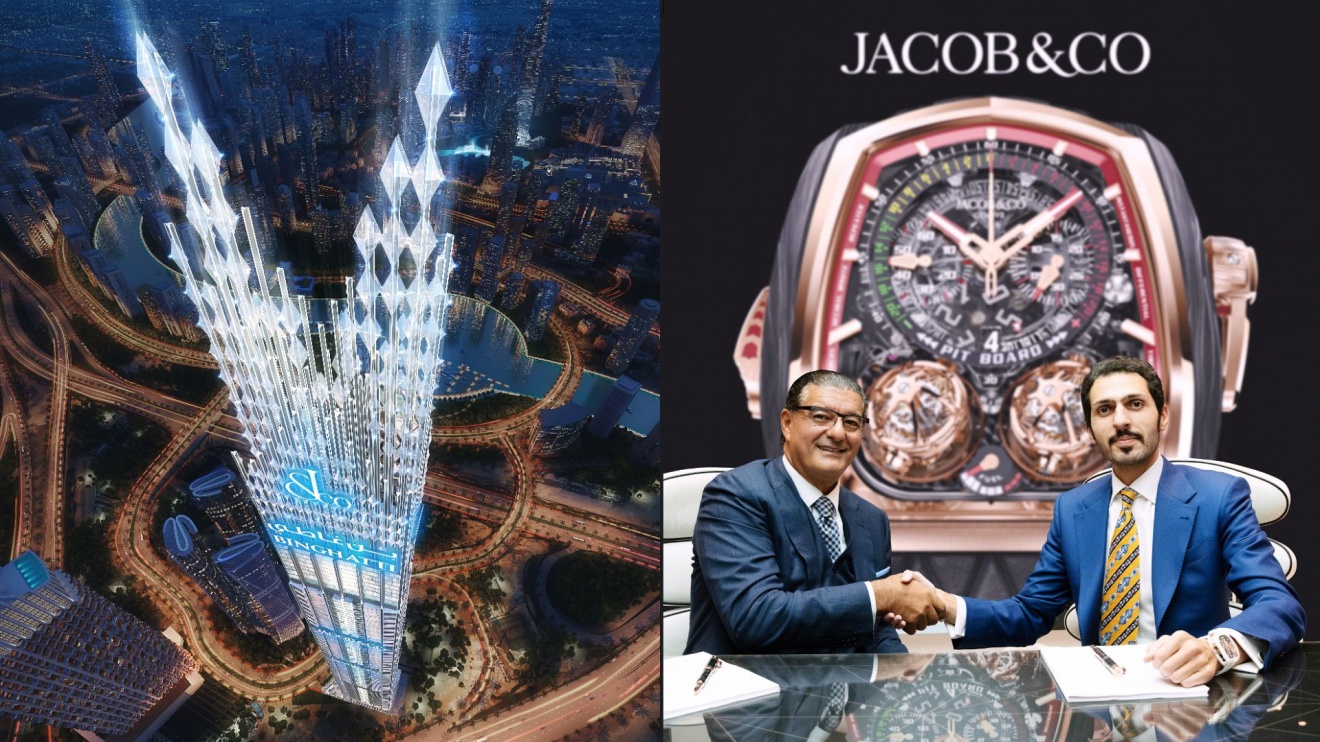
This systematic portfolio development created what urban planners identify as “Stadtbildprägende Markenarchitektur” (cityscape-defining brand architecture) – achieving recognition impact far exceeding conventional marketing expenditure.
- The Accessibility Premium Positioning
Perhaps most mathematically significant was Binghatti’s implementation of “Designdemokratisierte Preisgestaltung” (design-democratized pricing):
- Target segment: Upper-middle market rather than ultra-luxury exclusively
- Design proposition: Architectural distinction previously limited to premium segments
- Value calibration: Premium over standard housing but below ultra-luxury
- Psychological positioning: Accessible exclusivity through distinctive design
- Price strategy: Approximately 15-20% premium over comparable standard properties
- Volume advantage: Higher absorption rates through broader market access
This positioning created extraordinary mathematical advantage: capturing design premium pricing while maintaining broader market appeal and higher absorption rates than ultra-luxury competitors.
The Crisis Navigation Excellence: Transforming Market Distress into Competitive Advantage
The Multiple Dubai Market Cycles: Resilience Through Volatility
The Binghatti wealth creation demonstrates exceptional implementation of “Marktzyklische Krisenkapitalisierung” (market-cyclical crisis capitalization):
- The 2008-2010 Global Financial Crisis Response
During the initial global financial crisis, the Binghattis implemented strategic positioning:
- Counter-cyclical entry: Establishing formal development operations amid market collapse
- Distressed asset opportunities: Acquisition of strategically undervalued land
- Talent acquisition: Recruitment of high-quality professionals from distressed competitors
- Construction advantage: Negotiating favorable terms with suppliers and contractors
- Reputation building: Demonstrating project completion reliability when others failed
- Trust establishment: Creating buyer confidence through execution consistency
- The 2015-2016 Oil Price Collapse Navigation
When oil prices plummeted in 2015-2016, creating regional economic pressure:
- Operational continuity: Maintained development momentum while competitors retrenched
- Pricing stability: Avoided panic discounting that undermined competitor margins
- Employee retention: Maintained organizational capabilities while others downsized
- Supply chain relationships: Deepened partnerships through continued activity
- Market share expansion: Increased relative position during competitor weakness
- Brand reinforcement: Enhanced reliability perception through consistent delivery
- The 2020 Pandemic Disruption Management
During the COVID-19 pandemic’s economic disruption:
- Workforce protection: Comprehensive employee safety measures
- Project continuity: Adapted construction protocols to maintain progress
- Digital adaptation: Enhanced online sales capabilities ahead of competitors
- Financial resilience: Liquidity management enabling uninterrupted operations
- Opportunity identification: Strategic land acquisitions during uncertainty
- Recovery positioning: Accelerated launch schedule as market stabilized
This repeated crisis navigation created what economic strategists identify as “Kumulativer Krisenkapitalisierungsvorteil” (cumulative crisis capitalization advantage) – with each successfully navigated disruption creating enhanced relative positioning versus competitors.
The Team Loyalty Architectural Advantage: The Human Foundation of Empire
Beyond Financial Capital: Human Capital as Competitive Moat
The most underanalyzed dimension of Binghatti’s success involves what organizational theorists term “Loyalitätsbasierte Ausführungsüberlegenheit” (loyalty-based execution superiority):
- The Organizational Loyalty Foundation
Building on Hussain’s foundational car sale decision, the Binghattis developed extraordinary team cohesion:
- Employee retention rates: Reportedly exceeding 90% over 5-year periods
- Leadership continuity: Key executives maintaining long-term commitments
- Crisis compensation approach: Prioritizing staff financial security during downturns
- Personal connection model: Direct relationship between family and employees
- Psychological contract: Mutual commitment transcending transactional employment
- Cultural integration: Extension of family business values across organization
- The Execution Advantage Manifestation
This loyalty translated into tangible competitive advantages:
- Institutional knowledge retention: Preservation of learning across market cycles
- Cross-functional coordination: Seamless teamwork through established relationships
- Problem-solving efficiency: Rapid issue resolution through trust and experience
- Quality consistency: Maintained standards through team stability
- Timeline reliability: Predictable execution enabling accurate project forecasting
- Cost efficiency: Reduced errors and rework through experience and commitment
- The Crisis Resilience Enhancement
The loyalty infrastructure created extraordinary crisis navigation capability:
- Team sacrifice willingness: Acceptance of temporary adjustments during downturns
- Organizational flexibility: Rapid adaptation to changing market conditions
- Recovery acceleration: Immediate capability to capitalize on market improvements
- Resource reallocation: Ability to shift capabilities across projects as needed
- Institutional memory: Experience-based pattern recognition in market cycles
- Decision execution: Implemented strategic shifts with minimal friction
This human capital architecture created what management theorists identify as “Nichtreproduzierbare Ausführungsfähigkeit” (non-reproducible execution capability) – an execution advantage competitors cannot replicate regardless of financial resources.
The Current Empire: From Personal Sacrifice to Urban Transformation
The Multi-Billion Dollar Reality: Crisis-to-Dominance Architecture
The current Binghatti empire represents the mathematical manifestation of their distinctive approach:
- The Financial Architecture
The Binghatti wealth structure now comprises:
- Estimated total enterprise value: $2.5+ billion
- Primary value component: Binghatti Developers real estate operations
- Secondary value elements: Diversified business interests across sectors
- Operating model: Privately-held family business without external shareholders
- Financial approach: Lower leverage than industry norms with operational cash focus
- Growth funding: Primarily through reinvestment rather than external capital
- The Physical Empire Composition
The tangible manifestation of this wealth includes:
- Completed properties: 60+ distinctive buildings across Dubai
- Geographic concentration: Strategic positions in key Dubai districts
- Asset types: Primarily residential with select commercial and mixed-use
- Design consistency: Unmistakable Binghatti architectural language
- Value proposition: Design-led properties at accessible price points
- Brand recognition: Among highest in Dubai real estate sector
- The Future Growth Architecture
The next expansion phase demonstrates continued application of core principles:
- Ultra-luxury evolution: Burj Binghatti Jacob & Co Residences development
- Geographic expansion: Consideration of selective international opportunities
- Brand extension: Exploration of broader lifestyle category potential
- Vertical integration: Continued enhancement of in-house capabilities
- Design innovation: Evolution of architectural language while maintaining recognition
- Organization development: Systematic capability building for increased scale
This growth trajectory represents the continued application of “Designbasierte Immobilienwertschöpfung” (design-based real estate value creation) – using architectural distinctiveness as primary driver of financial performance.
Conclusion: The Vehicle Sale That Built a $2.5 Billion Empire
The Binghatti dynasty’s transformation from Hussain’s vehicle sacrifice to Muhammad’s $2.5 billion architectural empire represents perhaps the purest example of what wealth philosophers term “Opferbasierte Vermögensschöpfungsarchitektur” (sacrifice-based wealth creation architecture) – the systematic conversion of short-term personal hardship into long-term dynasty-level wealth.
Unlike conventional Dubai developers dependent on extreme leverage and external capital, the Binghattis constructed their empire through vertical integration, architectural distinctiveness, and extraordinary human capital loyalty. This methodology – beginning with Hussain’s foundational decision to prioritize employee obligations over personal comfort and evolving through Muhammad’s architectural vision – created a wealth generation system fundamentally more resilient than competitors through multiple market cycles.
The family’s ability to navigate repeated market crises – from the 2008 global financial collapse to the 2015 oil price plunge to the 2020 pandemic disruption – demonstrates the mathematical advantage of their approach. Each successfully weathered downturn created enhanced relative positioning as less resilient competitors faltered, enabling accelerated growth during subsequent recovery periods.
Most significantly, the Binghatti success proves that seemingly small human decisions can create disproportionate long-term wealth trajectories. The single choice to sell personal transportation to meet payroll established organizational values that attracted and retained exceptional talent, enabling execution capabilities exceeding what would be predicted from initial resource levels.
From crisis to skyline dominance, from personal vehicle sacrifice to architectural empire, from father’s values to son’s vision – the Binghatti journey demonstrates that true wealth architecture begins not with financial engineering but with human commitment, converting short-term sacrifice into multi-generational prosperity through the deliberate application of values-based leadership across market cycles.
As Muhammad Binghatti reportedly explained: “Der kritischste Wert in unserem Unternehmen ist nicht das Kapital, sondern die Loyalität. Gebäude kann man kaufen, aber Vertrauen muss man verdienen.” (The most critical value in our company is not capital, but loyalty. Buildings can be bought, but trust must be earned.)
